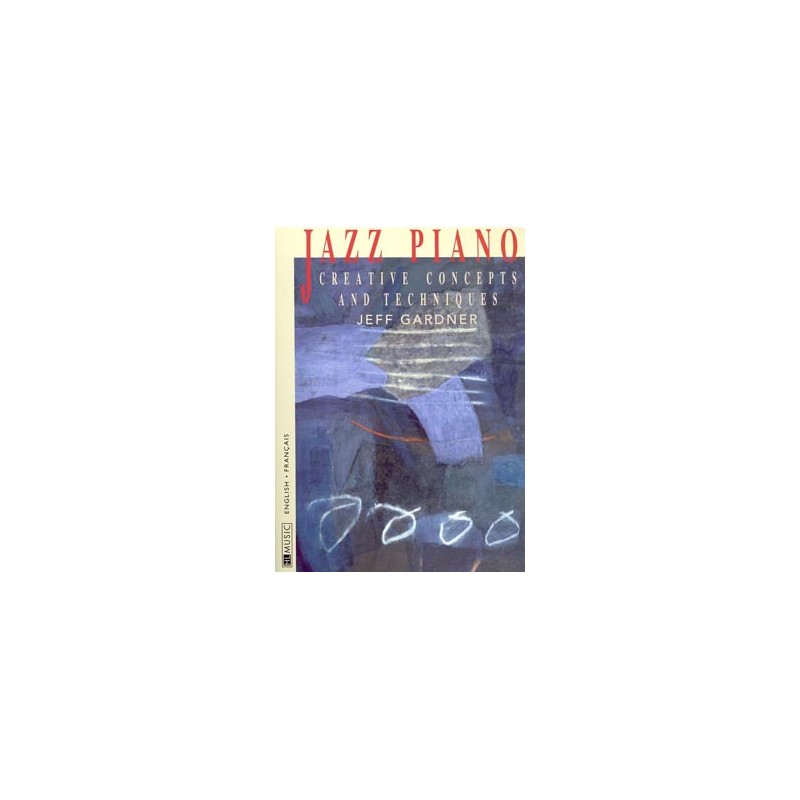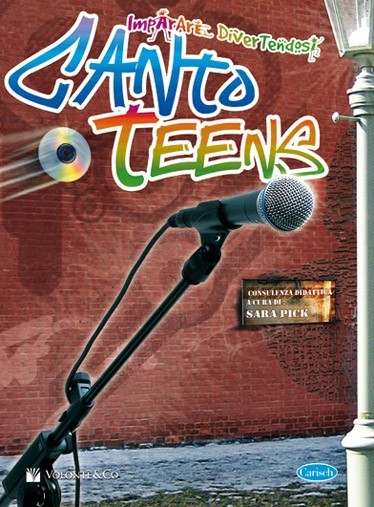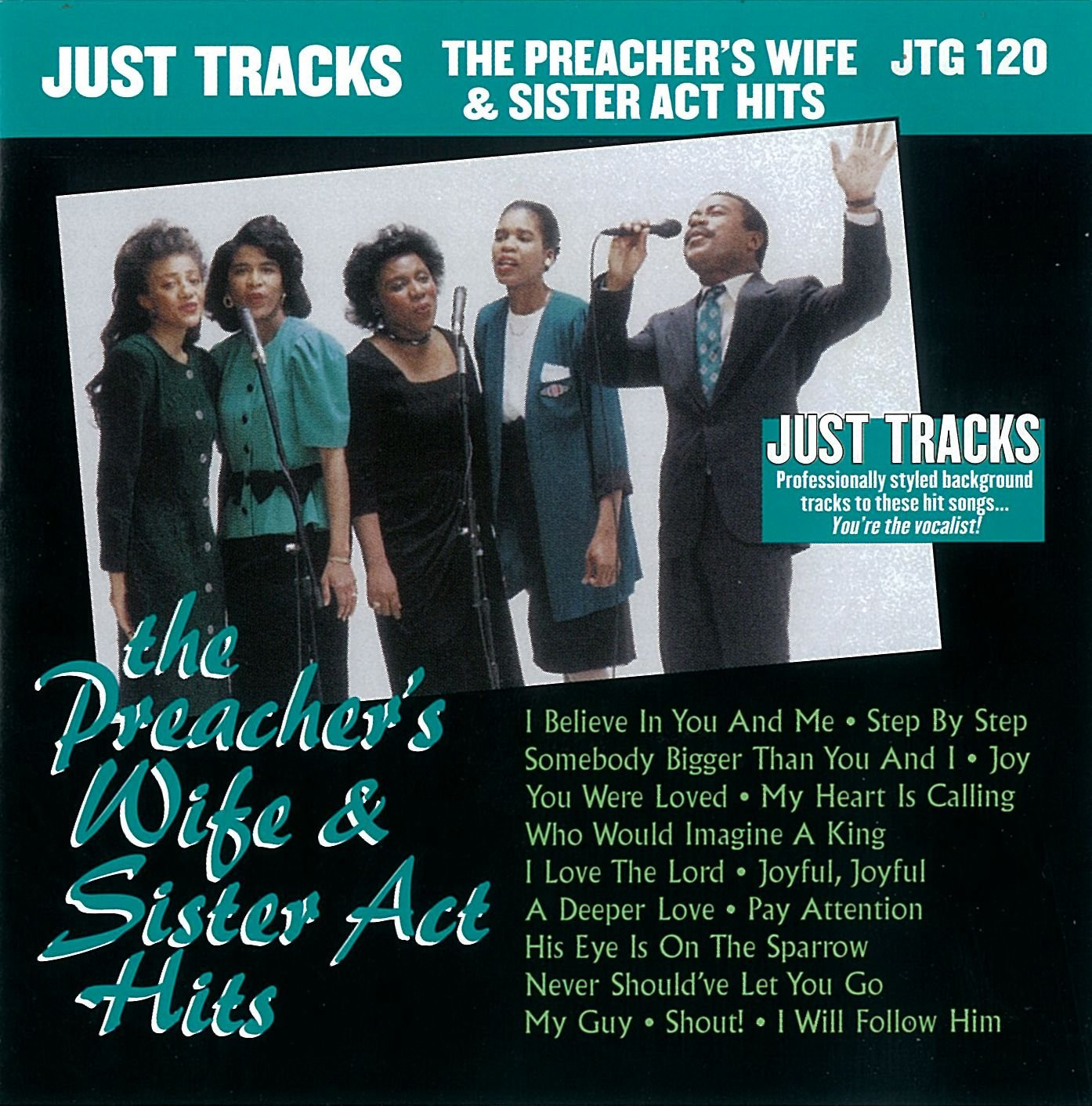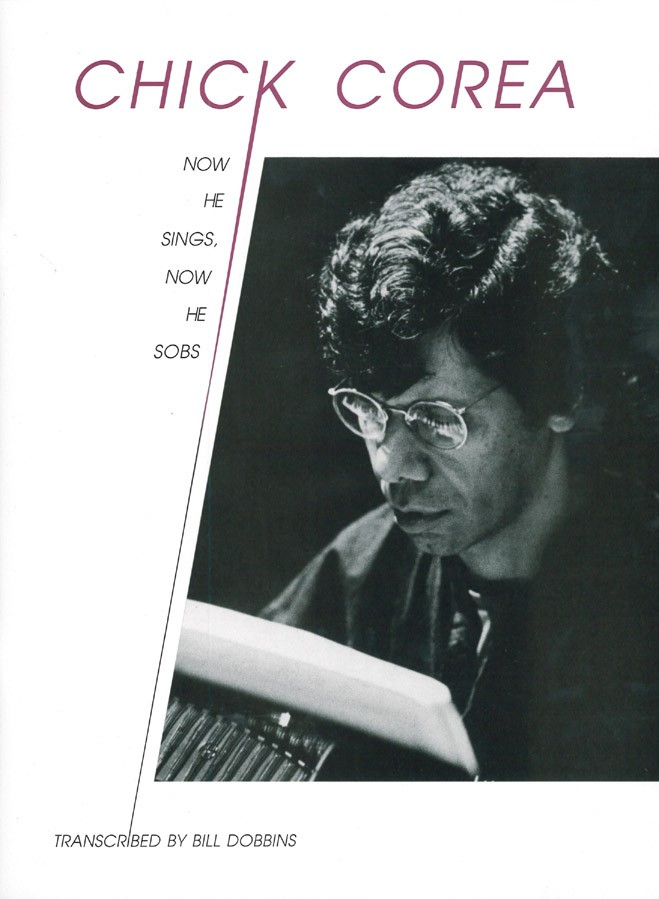- -5%
- -5%
-
MenùTornare
-
Libri di musica
-
-
-
-
-
-
-
-
-
Spariti chitarra
-
-
-
-
-
-
Spartiti Pianoforte
-
-
-
-
-
-
-
-
-
-
-
-
Quartets & Combos
-
-
-
-
-
Strumenti Diversi
-
-
-
-
-
-
-
-
-
- Raccolte e Real Books
- Best Seller
- Letteratura
- Offerte
-
Account
-
-
Carrello
Il Carrelli è vuoto.
- -5%
Jazz Piano: Creative Concepts & Techniques (book/CD)
su ordinazione - 12 giorni
Edition Henry Lemoine
Jeff Gardner - Jazz Piano: Creative Concepts & Techniques
(500 pages with CD/text in English & French)
Libro estremamente interessante che svolge argomenti modernissimi con grande rispetto e conoscenza della storia musicale universale.
Jeff Gardner, musicista di altissimo livello e allievo della famosissima Nadia Boulanger, si propone di spiegare la materia teorica che chiama jazz, ma che ingloba tutte le esperienze specifiche della musica, con esempi che, se da un lato sono chiarificatori e illuminanti, dall'altro stimolano la creatività improvvisativa e compositiva.
Forse questo é uno dei pochi libri in cui il confine tra improvvisazione e composizione si scioglie, in quanto entrambi i mondi si stimolano e si cercano. Il testo tratta tutto ciò che può essere utile ad un musicista completo: dalla teoria di base (intervalli, triadi, rivolti, accordi complessi, scale, modi, diteggiature per entrambe le mani) ai cicli e alle progressioni armoniche, agli arpeggi, cadenze, voicings, dal blues e altre svariate forme, fino alle pentatoniche, alla politonalità e polimodalità. Il libro é consigliato per musicisti di livello avanzato.
Il CD riporta 15 brani per piano solo, sia originali che classici famosi: Prelude to a Kiss, Very Early, Moments's Notice, Rhythm Changes, We'll Say Hello Again.
I - SCALES AND INTERVALS
Intervals
Simple - Compound - Inversion of intervals (classical music theory and contemporary music theory
Scales - Theory and application
Modes of the major scale - Modes of the ascending melodic minor scale -
Symmetrical scales - Synthetic scales
Scales - Creative techniques
Accents - Intervals - Permutation - Displacement - Contrary motion -
Polyrhythmic scales - Polytonal scales - Combining scalar techniques
Scale fingerings
Modes of the major scale - Modes of the ascending melodic minor scale -
Harmonic minor scales - Chromatic scale - Whole tone scales - Augmented scales
II - CHORDS AND CHORD SCALES
Triads
Structure - Through the cycle of fifths
Four note chords - Sixths and sevenths
Structure - Through the cycle of fifths - Drop 2 voicings
Ninth chords
Chords with ninths, elevenths and thirteenths
Major Sevenths (Chord scales, left hand voicings without roots) - Dominant Sevenths (Upper structure trials - Chord scales - Left hand voicings without roots) - Minor Sevenths (Chord scales - Left hand voicings without roots) - Minor Seventh Flat Five - Minor-major Sevenths - Sus4 Chords - Major seventh Sharp Five
Clusters
Chords in fourths and fifths
Chords with non common practice combinations of alterations
Chords with Major and Dominant Sevenths - Chords with more than one type of ninth
III - MOVING CHORUS THROUGH SCALES
Moving triads through scales
Moving seventh chords through scales
Moving fourth chords through scales
IV - ARPEGGIOS
Three note arpeggios
Major triads - Minor triads - Augmented triads - Suspended fourth triads - Two note patterns with one note doubled - Suspended fourth dominant seventh (1-4-b7)
1-#4-7 - 1-b5-b7 - Arpeggios in fifths
Combined three note arpeggios
Two suspended fourth triads - Two suspended fourth dominant sevenths (1-4-b7) - Three suspended fourth dominant sevenths - Four suspended fourth dominant sevenths - Polytonal arpeggios
Four note arpeggios
Major seventh - Dominant seventh - Minor seventh - Minor sixth - Minor-major seventh - Minor-major seventh b6 - Minor-major seventh b5 - 1-4-#4-7 - 1-4-5-b7 - 1-b3-4-b7
Combined four note arpeggios
Two minor sevenths a fifth apart - Two dominant 7 sus4 arpeggios (1-4-5-b7) a fourth apart
Surimposed arpeggios
With chords in fourths - Two triads arpeggiated simultaneously - Triads arpeggiated over root-fifth-root - Superimposed arpeggios in fifths - Superimposed arpeggios moving through intervallic series - Polyrhythmic arpeggios
Seven note arpeggios
Two hand arpeggios
Major sevenths and 6/9 Chords - Minor sixths and miner sevenths - Minor-major sevenths - Dominant sevenths - Dominant seventh sus4 - 7sus4 b9
Left hand arpeggios
V - CYCLES
Basics concepts
Summary of cyclic root movements
Cycles in guide tones
Left hand cycles
Shell Voicings in the style of Bud Powell - Cycles with Roots and Guide Tones in the Left Hand - Cycles with Walking Bass Lines - Cycles in Single Note Stride
Cycles with four note voicings in the right hand and roots in the left hand
Cycles with two-hand voicings
Major Seventh to Major Seventh - Minor Seventh to Dominant Seventh - Dominant Seventh to Dominant Seventh - Minor Seventh to Minor Seventh - Major Seventh to Dominant Seventh sus4
Cycles with triads over non diatonic bass tones
Cycles with polychords
Cycles of thirds
Cycles with tritone interpolation
Hybrid cycles
VI - CADENCES
Classical cadences
Jazz cadences in guide tones
II V / I Cadences with roots in the left hand and four note voicings in the right hand
Major seventh tonic - Dominant seventh tonic - Minor key cadences
II V / I cadences in two-hand voicings
II V / I cadences with passing tones
II V / I cadences without roots in the left hand
II-7 bII7 / I cadences
II V / I cadences with clusters
Longer cadences
Deceptive cadences
bVI-7 bII7 / I cadences
VII - HARMONIC SEQUENCES
Derivation of basic harmonic sequences
Sequences with a majorseventh tonic
Sequences with a dominant seventh tonic
Sequences starting on III-7
Sequences starting with II-7 V7
Sequences in minor keys
Sequences with a dominant 7 sus 4 tonic
Four bar harmonic sequences
Modulating harmonic sequences
VIII - BLUES
Historical perspective
Boogie and Blues piano
Basic twelve-bar blues forms - Basslines - Blues scales (Pentatonic Blues Scale - Blues scale) - Blues patterns with double notes - Blues patterns with sixths and seconds - Suggestions for using blues patterns - Intervals in blues improvisation - Blues turnarounds with chromatic sixths - Basic Blues chords
Bebop Blues progressions
Walking bass lines - "March" style - Guitar style left hand - Single note stricte - Blues in tenths - Two hand comp without roots in the left hand
"Blues for Alice"
Melody plus shell voicings - Walking bass - Sevenths and tenths in the left hand - Two hand comp without roots in the left hand
Minor Blues progressions
Drop 2 arpeggios on an altered Blues
IX - PENTATONIC SCALES
Basic concepts
Diatonic modes and pentatonic scales
Harmonization of the major pentatonic scale
Pentatonic scale exercises
Three note groups - Four note groups - Five note groups - Six note groups
Pentatonic patterns through the cycle of fifths
Phrases with more than one pentatonic scale
"Outside" pentatonics
Pentatonic patterns with double notes
Pentatonic chords
Altered pentatonic scales
Pentatonic scale fingerings
Pentatonic modes
X - DIMINISHED SCALE PATTERNS
Melodic cells
Three notes - Four notes - Fifth notes - Six notes
Combined three note cells
Combined four note cells
Doubling two notes of a four note group
Adding chromatic tones to a four note group
Nine note groups
Two-hand diminished scale patterns
Superimposed diminished scale patterns
Diminished scale patterns with double notes
Diminished scale fingerings
XI - SCALES AND PATTERNS IN DOUBLE NOTE
Thirds
Major scales in thirds - Patterns in diatonic thirds - Whole tone scales in thirds - Mutually exclusive whole tone scales in thirds - Diminished scales in thirds - Augmented scales in thirds
Fourths
Patterns in diatonic fourths - Patterns in perfect fourths - Patterns in fourths based on pentatonic scales - Patterns in fourths through the cycle of fifths - Fourths moving by whole steps - Miscellaneous patterns in fourths
Fifths
Patterns in diatonic fifths - Patterns in perfect fifths - Patterns in fifths through the cycle of fifths - Patterns in fifths through cycles of thirds - Fifths moving by whole steps
Seconds
Mixed intervals
XII - PATHS
Ear training
By yourself - With more than one person
Rhythm
Meter - Changing meters - Hemiola - Ostinati - Polyrhythm - Polymeter - Rhythmic modulation
Collage
Rhythmic - Linear
Counterpoint
Tonal - Modal - Polymodal - Polytonal
Pedal points
Polytonality
Crossed hand voicings
Passing chords
Passing diminished chords - Chromatic passing chords
Intervallic playing
Pandiatonicism
APPENDIX I
Arrangements of jazz classics
Prelude to a Kiss by Duke Ellington - Very Early by Bill Evans - We'll Say Hello Again by Ron McClure - Moment's Notice by John Coltrane - Rhythm Changes
APPENDIX II
Studies in jazz concepts
Tao - Song for Villa-Lobos - Whirlwind - Vertigo - Hidden Force - Byarding - Motivation - City at the Bottom of the Sea - DNA Dance - Blues for Hawk
👍 Acquista su Birdland
Soddisfatti o rimborsati, ogni nostro prodotto è con consegna immediata e garantita.

Sul nostro Store puoi acquistare con App18 e Carta del Docente
Product Comments
error Non è stato possibile inviare il tuo giudizio sulla recensione
feedback Segnala commento
check_circle Segnalazione inviata
error Non è stato possibile inviare la tua segnalazione
Scrivi la tua recensione
check_circle Recensione inviata
error Non è stato possibile inviare la tua recensione
8 altri prodotti della stessa categoria:
- -25%
- -25%
- -5%
- -5%
- -15%
- In saldo!
- -15%
- -5%
- In saldo!
- -5%
- -5%
- -5%
- -5%
- -5%
- -5%
- -5%

Brands
-
 Advance Music
Advance Music
-
 Alfred Publications
Alfred Publications
-
 Bärenreiter-Verlag
Bärenreiter-Verlag
-
 Berklee Press Publications
Berklee Press Publications
-
 Carisch Edizioni
Carisch Edizioni
-
 Dantone Edizioni
Dantone Edizioni
-
 Edition Gruber
Edition Gruber
-
 Edition Peters
Edition Peters
-
 Edizioni Curci
Edizioni Curci
-
 EDT
EDT
-
 Faber Music
Faber Music
-
 G. Henle Verlag
G. Henle Verlag
-
 Hal Leonard
Hal Leonard
-
 Hudson Music
Hudson Music
-
 Isuku Verlag
Isuku Verlag
-
 Jamey Aebersold Jazz
Jamey Aebersold Jazz
-
 Lim Libreria Musicale Italiana
Lim Libreria Musicale Italiana
-
 Mel Bay
Mel Bay
-
 Musicians Institute Press
Musicians Institute Press
-
 Ricordi
Ricordi
-
 Schott Music
Schott Music
-
 Sher Music
Sher Music
-
 Sinfonica Edizioni
Sinfonica Edizioni
-
 Universal Edition
Universal Edition
-
 Volontè & Co
Volontè & Co
-
 Warner Bros Publications
Warner Bros Publications
Carrello
Il Carrelli è vuoto.
Account
-
MenùTornare
-
Libri di musica
-
-
-
-
-
-
-
-
-
Spariti chitarra
-
-
-
-
-
-
Spartiti Pianoforte
-
-
-
-
-
-
-
-
-
-
-
-
Quartets & Combos
-
-
-
-
-
Strumenti Diversi
-
-
-
-
-
-
-
-
-
- Raccolte e Real Books
- Best Seller
- Letteratura
- Offerte











